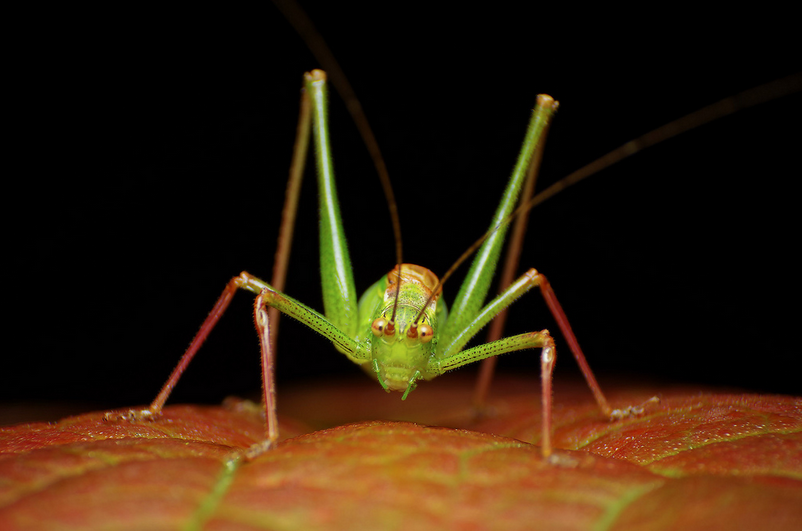It's easy, of course with politicians - you can tell they're lying if you see their lips moving. Not always obvious otherwise, unless you know the people involved really well. I mean, you know when your family members are lying, right?
Lying is one of the most difficult aspects of being a parent, in that you want to trust that everything your kids say is true, and if they lie about
anything, you're never sure whether their being honest when it's really important. I learned with my kids (and grandkids) to listen to and address what they're really saying ("I didn't break that bowl" is really "I don't want to get in trouble"). Also,
change your own behavior if you want different behavior from them.
Anyway, here's the blurb from
TED-Ed:
We hear anywhere from 10 to 200 lies a day. And although we’ve spent much of our history coming up with ways to detect these lies by tracking physiological changes in their tellers, these methods have proved unreliable. Is there a more direct approach? Noah Zandan uses some famous examples of lying to illustrate how we might use communications science to analyze the lies themselves.








